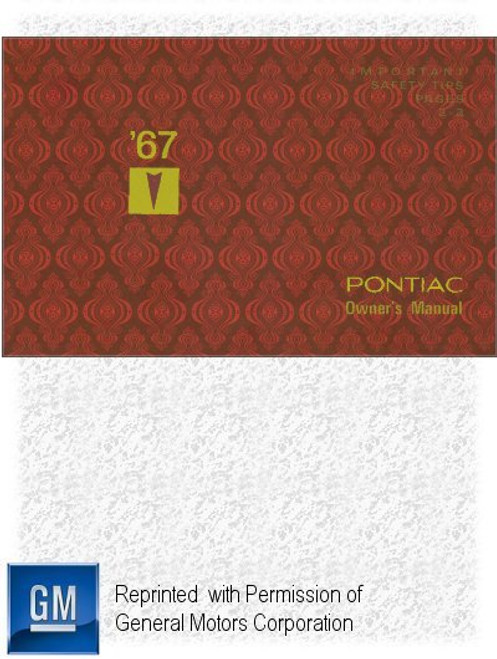Imagine an unlimited supercharged race car without a cockpit cage, no five-point safety harness, no roll cage, riding upon thin, hard rubber tires, and with a gas tank ready to go up in flames at the hint of a spark. Crazy, right? Well, back in the early 1920s and 1930s, those were the machines that pro race drivers drove — and relied upon — for fame and fortune. And that might have been the easy part of the challenge. Governments of the time, through their state-backed teams, commandeered auto racing in order to further the popularity of their domestic auto industries. This was an time between world wars. The era of a generation hungry for adventure. A time when race cars reached unexplored new speeds. An era that paved the way for a new technological age. Driving Forces, by Peter Stevenson, chronicles the story of Grand Prix racing ensnared by the politics of a changing world, and the Third Reich. Stevenson also focuses on the lives of two of the world's greatest racing drivers: Rudolph ("Rudi the Rain Master") Caracciola, and Bernd Rosemeyer. He also tells the story of the rivalry between Mercedes Benz and Auto Union, led by the designs of Dr. Ferdinand Porsche for the Grand Prix championship of Germany and the world. A fascinating book.
Book Excerpt: Driving Forces: Grand Prix Racing and the Third Reich THE REICH GOES CAR RACING
HELL ON WHEELS
Subject: Grand Prix racing in the 1920s and 1930s. Rudolph Caracciola, Bernd Rosemeyer. Automobile GP racing history. | ISBN-10: 0837602173 | ISBN-13: 9780837602172 | Bentley part no. GDDF
Book Excerpt: Driving Forces: Grand Prix Racing and the Third Reich THE REICH GOES CAR RACING
With Hitler's racing effort forming such a large portion of his Social-Motorization programs, and with the Social-Motorization programs being called the sine qua non for the victory of National Socialism, the pressure was on the new racing teams. There was simply no margin for error, no room for foul-ups that might make a joke out of Germany in front of Europe, Hitler, and everybody — especially in front of Mussolini's teams. At Mercedes, as you would guess, the project was taken very seriously as the wheels of creativity ground ponderously to a start during that spring of 1933. Mercedes was separated into hermetically sealed departments, each under a Direktor, somewhat along military/bureaucratic lines. Everyone seemed to be a "Direktor" this or "Doktor" thatm with a rigidly enforced chain of command, even in the actual frontline action of the pits. Race manager Neubauer had started out as a driver, but moved into management when, after killing himself in an all-out try for victory, he'd found that his time was embarrasingly slow (even his wife commented he looked like a bus driver on the course). As a race-team manager, however, he was without equal, controlling every detail that could help the team win, from finding the right restaurants for his drivers to setting up practice schedules around drivers' sleeping habits, helping out with team members' finances, and keeping tabs on drivers' health habits. As in a war campaign, the teams would come to a race with a preplanned strategy, then expect this plan to fall apart as soon as the chaos of the race got underway. With Neubauer's written-note methid, all changes of plan had to be routed through him, making it easier to catch conflicting orders before they could wreak their havoc.
HELL ON WHEELS
It all seemed to begin at Nürburgring, quite without warning. The whole Mercedes team had gotten off to a precision start in perfect formation and now were leading the race like a big, silver train. Then suddenly a Nazi official, one Neubauer hadn't seen around the pits before, appeared in front of him looking very serious. "Herr Neubauer, you must bring in your cars at once!" Neubauer looked at the man as if he'd asked Neubauer to dance a hula. What on earth did this idiot mean? You don't just bring in a whole team at the same time. "They are leaking oil and endangering the chances of the others. Nuvolari's already been held up by this!" the Nazi was shouting in a hysterical voice. Neubauer's blood ran cold. To stop the whole team would lose the race, it was as simple as that. And the Führer, snug in his comfy office in Berlin, was expecting them to win this particular race. It was nearly impossible to conduct a detailed explanation to a newcomer over the din of the pits with cars rocketing past, but Neubauer knew he had to try. "This sort of thing is common at this stage of the race. It doesn't last!" Naubauer protested. "I can't rely on that!" Neubauer racked his brain for another way out. He'd always been the one to handle balky border guards, enraged innkeepers, and such blots on the human race. "There will be a tire change in just five laps," he said, brightening, "Then we can put everything right. Please be reasonable!" "I am being reasonable, Herr Neubauer. That's why I'm ordering you to stop the cars," the Nazi said, suddenly icy.
Subject: Grand Prix racing in the 1920s and 1930s. Rudolph Caracciola, Bernd Rosemeyer. Automobile GP racing history. | ISBN-10: 0837602173 | ISBN-13: 9780837602172 | Bentley part no. GDDF
TABLE of CONTENTS:
- Foreword
- A Tale of Two Drivers
- Tyrant on a Tightrope
- The Round-Table Gang
- The Motor Show Speech
- Charly
- Casting Call
- Celebrity Status
- Italian Interlude
- Come to Tea
- The Reich Goes Car Racing
- Rebirth
- Teething Problems
- A Tale of Two Drivers II
- Blitzrennen
- Hell on Wheels
- Hammer and Tongs
- New Horizons
- A Glimpse of the Gods
- Tomorrow, The World
- Swords and Drawn
- Totentanz
- the "Sippenhaft Effect"
- Berlin Surprise
- Aftermath
- Full Circle










